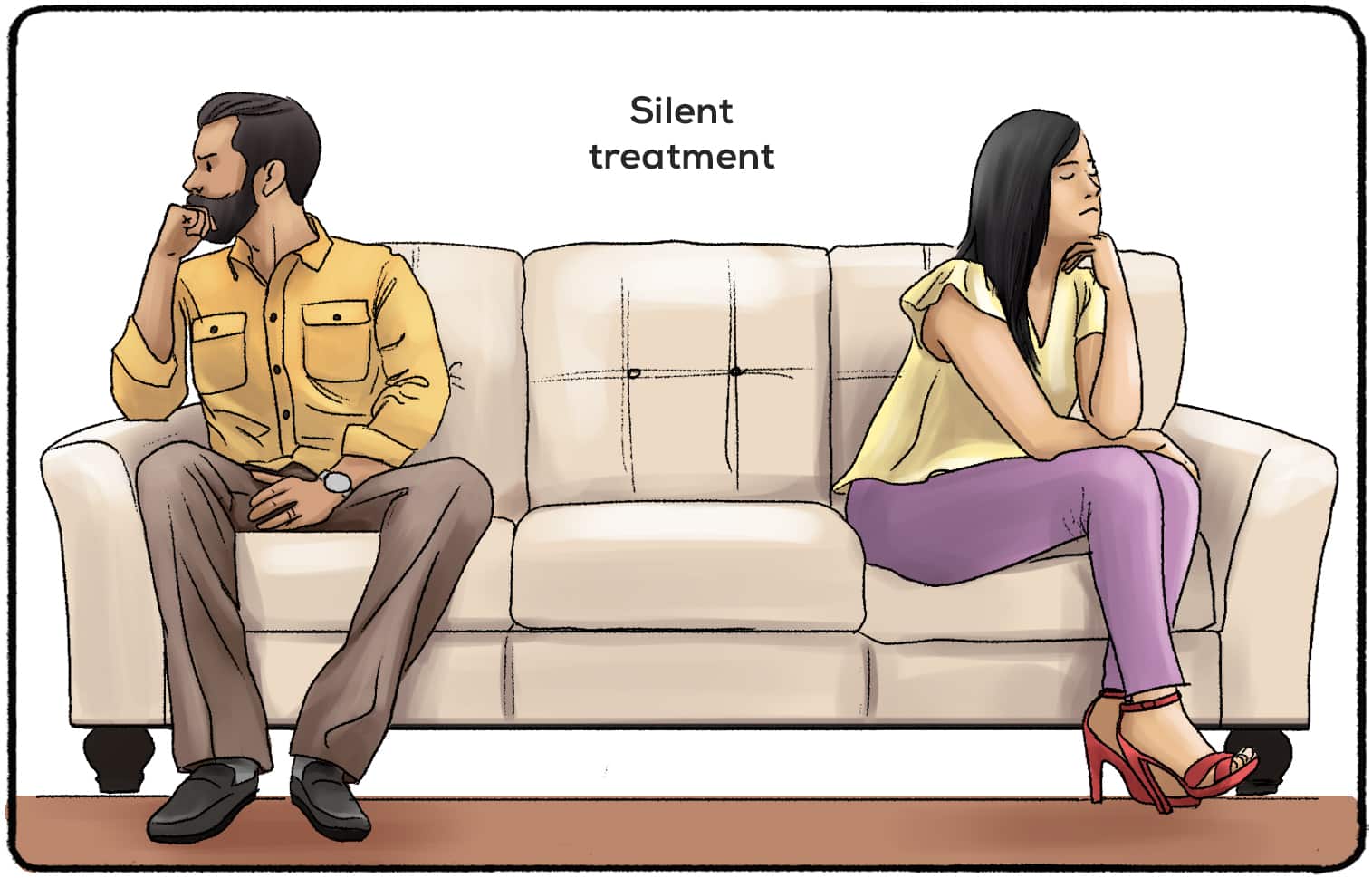Bottom-up processing refers to information processing in which stimuli are processed from the starting from the bottom. It starts with the smallest details and builds up to more complicated ideas. This differs from top-down processing in which we make an overall impression of the scene and then search for evidence to support this idea. The visual processing of a street in a city may initially form an impression that it’s chaotic, noisy, and overcrowded. To verify this notion, they could seek out specific indications of this, such as people rushing through crowds or traffic noise generated by nearby cars.

Bottom-up processing tends to be more data-driven and analytical. It has been extensively researched in connection with cognitive tasks like perception and memory. However, it is also able to contribute to other aspects of our lives, including the process of making decisions, or even creative pursuits such as art or design. If used in a strategic and appropriate manner in the right way, bottom-up processing can help us solve problems better and have greater insights into complicated situations. Bottom-up Processing, in spite of its negative connotations in the academic world, can be extremely helpful for understanding both our inner workings as well as the world around us.
The brain’s intricate system is the basis of our actions, thoughts, and decisions. The brain’s complex processes play a crucial role in all aspects of our lives from intelligence and memory to mood and behavior. The bottom-up process has been proven to have a significant effect on the way that the brain functions. It describes how information is processed at the level of individual nerve cells or neurons and later through interconnected neural pathways that eventually influence higher cognitive functions like attention and perception. This process has been found to have profound impacts on learning and memory. But, it may also be a great option for treating disorders like schizophrenia and Alzheimer’s disease. It is possible to unravel the mysteries of this by understanding the brain’s functions from the ground up. This will allow us to create revolutionary new instruments for neuroscience and healthcare.
Bottom-up processing is how our brain process information. As opposed to top-down, which is more focused on incorporating prior knowledge as well as expectations into the learning process and relies on the input of new and unstructured data. By focusing on individual elements in the learning process, from basic vocabulary and sounds to more advanced concepts and concepts, bottom-up processing has been shown to be an extremely efficient method for all types of learners.
One of the benefits of processing bottom-up is that it permits us to take a step back and concentrate on each individual element of information as we see it. This can allow us to stay engaged in the information we are learning, making it easier for us to improve our knowledge and learn new concepts, refine and enhance existing ones and identify the potential for mistakes and areas of improvement. This method also assists us to understand how the different components of information work by logical chains or networks. Bottom-up processing can assist us to develop as better learners and communicators by engaging in bottom-up processing.